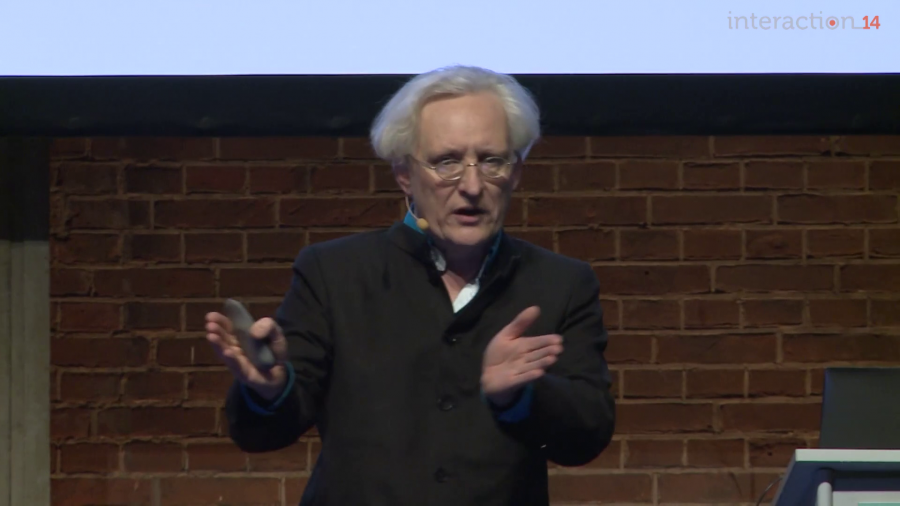Every single futurist has one of these as the first slide in their deck. It doesn’t really matter what this is. An exponential curve, up and to the right. This represents all of technology. The past thirty years of technological evolution is described in this. This could be anything. This is processor power. This is memory per dollar. This is Internet penetration. This is the number of people playing Angry Birds.
Archive
There are all of these wonderful laws that people have discovered and refined and proposed and proved over the years. And some of these laws can apply to the software projects and the teams and the communities that we work in every day.

I want you to imagine the ability to take a few drops of someone’s blood, to combine that with some cognitive and some physical testing, and to be able to figure out where that person is going to be most effective in your military.


